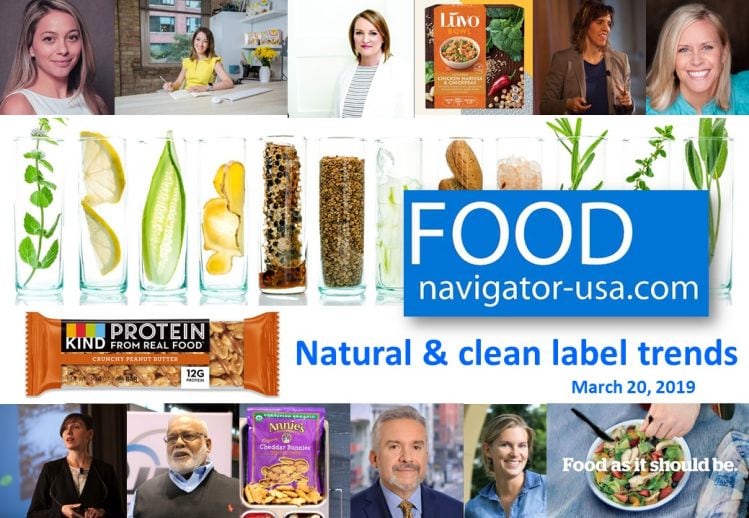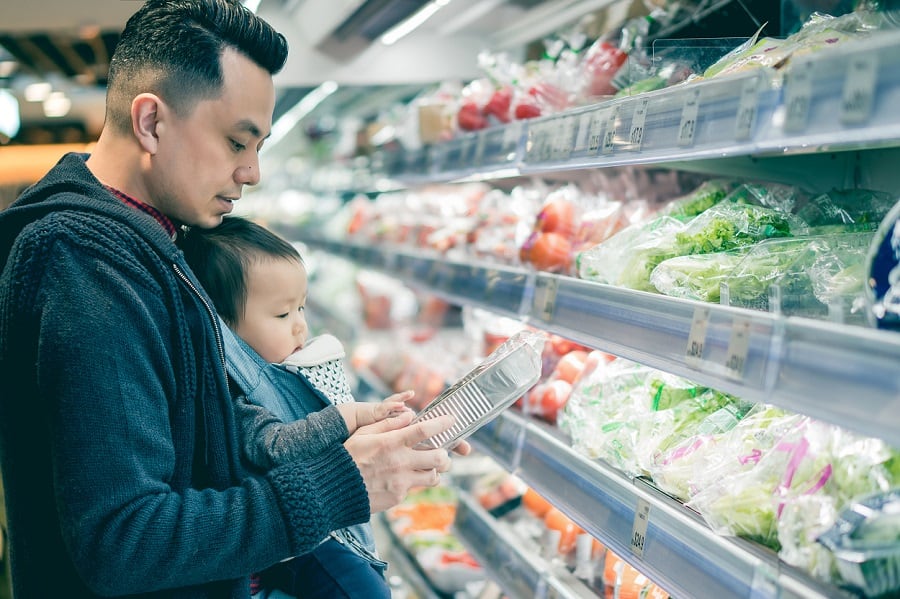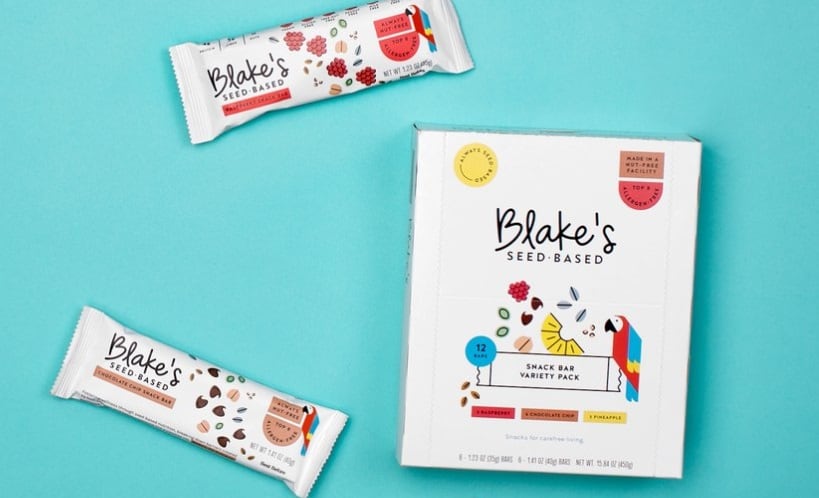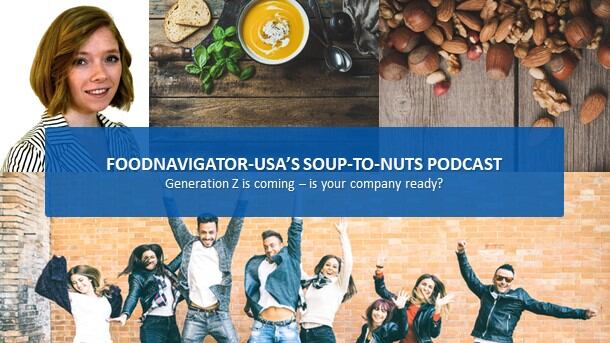"It is complex and multidimensional so there isn’t any one singular definition, but loosely, clean foods are those that are as close to their natural state as possible, that’s kind of the golden standard for consumers." Dr Shelley Balanko, senior vice president, Hartman Group, told FoodNavigator-USA.
"Fresh, real, and less processed are certainly words that consumers use interchangeably when they are seeking that clean ideal."
Can you market 'clean'?
So is it worth time, effort, and cash to invest marketing dollars to signal to consumers that a product or brand is 'clean label'?
"'Clean' as a marketing label, we don’t recommend, it’s supposed to be self-evident. Much like clean is important in terms of the ideal and the value, it is not a strong word for marketing purposes," Dr Balanko shared.
In its Global Clean Label Consumer Study (n=600), Ingredion found that in a general sense, after the price of an item, consumers place a lot of importance on ingredient lists, increasingly looking for products free-from additives and artificial ingredients. According to Ingredion, 78% of US consumers find it important to recognize the ingredients used in the products they buy (an increase from 66% in 2011).
However, some other considerations are creeping into consumers' understanding of clean label including an increased emphasis on specific health claims, the manufacturer/brand, and country/region of origin.
"It has a lot to do with what’s in it, but also how it was made and who made it," said Dr Balanko. "Anything that they don’t recognize, understand, or think is necessary ends up in that unclean space."
Ingredion's consumer research revealed that among the most accepted ingredients with consumers include natural flavors (59%), natural colors (57%), flour (55%), vegetable oil (50%), and sugar (50%). Moderately accepted ingredients included antioxidants (48%), corn starch (41%), whey protein (37%), soy protein (36%), and gelatin (32%).
Chemical sounding names
Anything with a chemical-sounding name found itself on the 'no-fly' list including hydroxypropyl methylcellulose (HPMC), microcrystalline cellulose (MCC), carboxymethyl Cellulose (CMC), caseinate, monosodium glutamate (MSG).
According to Dr Balanko, more mainstream consumers are going to start questioning 'natural' flavors and colors as more progressive consumers have been recently.
This clean trend is going in the direction of ‘kitchen level’ ingredients.
Dr Balanko noted that consumers are started to move a way from one commonly used understanding of clean label: the fewer ingredients the better. Consumers still value being able to recognize each ingredient in a product, but according to Dr Balanko, there's more flexibility in the number of ingredients now.
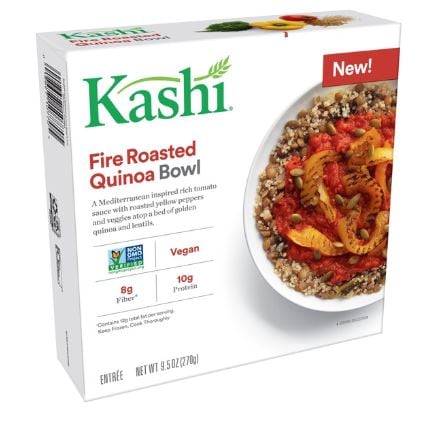

'Products like those will get a pass because the ingredients, while lengthy, are real'
Take Kashi's fire roasted frozen quinoa bowls for instance, the ingredient deck is upwards of 20 ingredients, but each one is something that you can conceivably find in a well-stocked kitchen, Dr Balanko explained.
"Products like those will get a pass because the ingredients, while lengthy, are real," she said. "That’s where we see this clean trend going is in the direction of ‘kitchen level’ ingredients."
There are some exceptions to this however, according to Dr Balanko. Typical plant-based dairy alternatives such as almond milk contain many ingredients outside of almonds and water such as carrageenan and sunflower lecithin.
"We’re also scratching our heads trying to figure that out. But basically those plant-based things, those things that are seemingly more healthier and sustainable alternatives to the conventional version, they seem to be getting pass," she said.
However, there has been a push for non-dairy alternatives to remove certain ingredients not viewed as clean label by consumers. In early 2016, Almond Breeze removed carrageenan from its products and replaced it with gellan gum, a common thickening agent deem safe by the FDA.
'We're at a tipping point'
As the food industry advances with new processing and production technological advances that could replace the need for some additives, it is still a bit of guessing game as to how the market will respond, according to Dr Balanko.
"It seems we’re at a tipping point culturally as to whether we’re going to embrace food technology and create some permissibility around more processing or not, and that we don’t know yet," Dr Balanko said.
"One thing that’s important to underscore is 'clean' is always evolving."
Catch more of Dr Shelley Balanko's clean label insights at FoodNavigator-USA's FREE-TO-ATTEND online event: Natural and clean label trends on Wednesday, March 20, 2019 where industry stakeholders will tackle a number of questions including attempting to define what clean label means to consumers today. REGISTER HERE.
